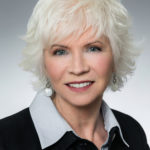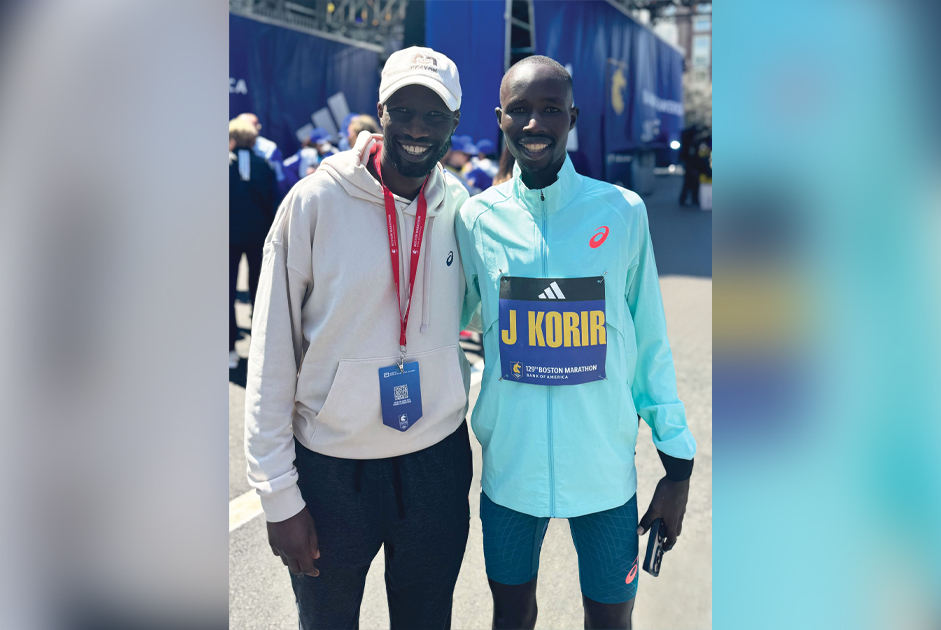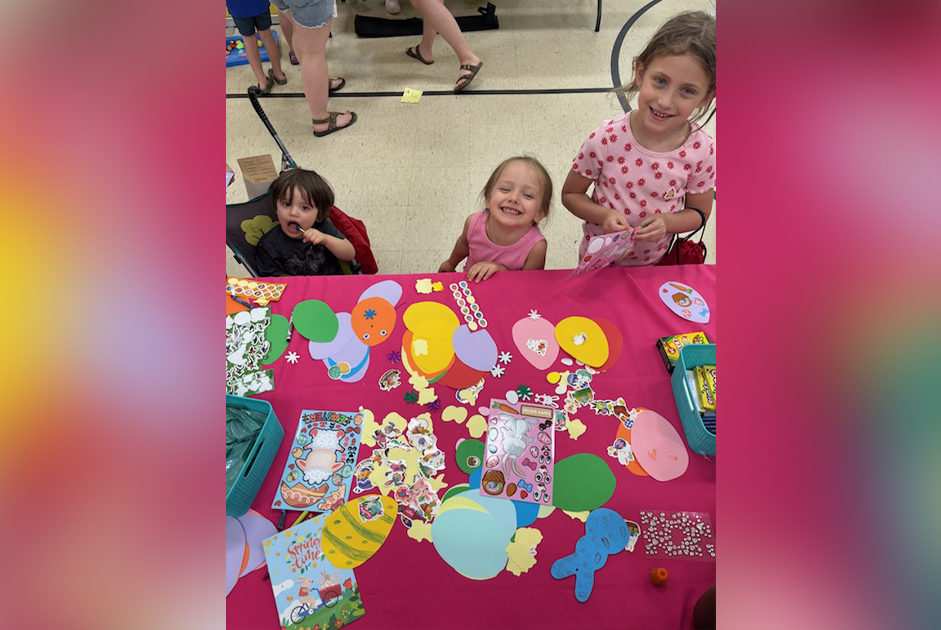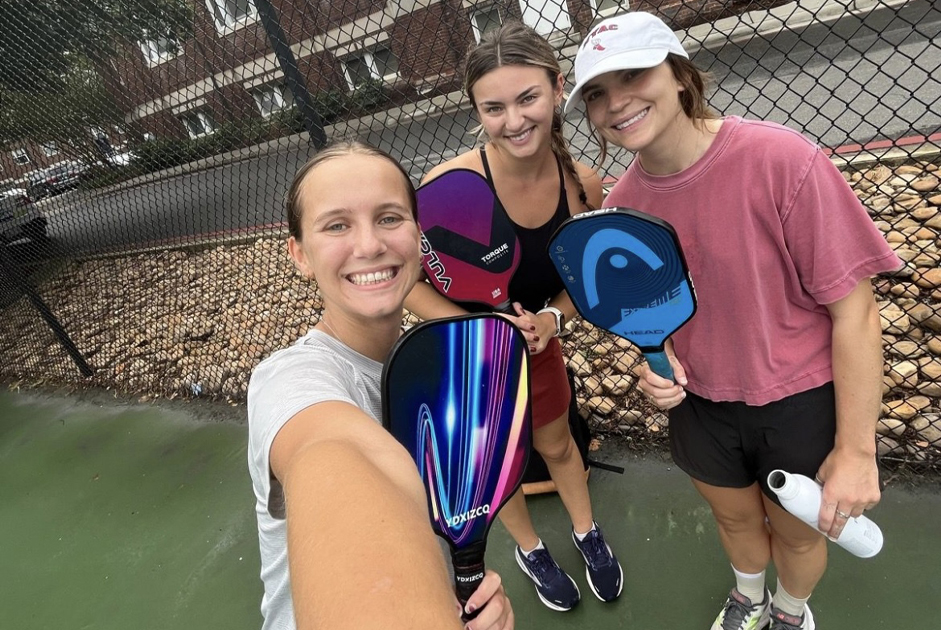It is said that our words reveal what we are thinking, but our body language reveals what we are feeling. In other words, body language is the unspoken aspect of our communication in which our true feelings are communicated. Research has shown that only 7% of our communication is verbal and the remaining 93% is non-verbal, consisting of body postures and movements, facial expressions, and tone of voice.
Why is it helpful to understand body language? Being able to spot and interpret body language enables us to “read” more accurately what others are truly communicating to us. Understanding body language can also help us relax, become more self-aware, and project a more confident and accepting, positive image. Being in control of our own body language can help strengthen our verbal messages and give us more influence in conversations with others. Self-control of body language can help us deal with difficult conversations during which emotions may run high. Practicing physical self-possession has a calming effect on both ourselves and those with whom we are interacting.
It is helpful to understand that we have less awareness of the movement and gestures of our extremities, such as hands, arms, and legs, than we do our faces. Facial expressions are, of course, very revealing, but we have more control over facial expressions than other nonverbal gestures. So, in working to be self-aware of our non-verbal messages, we need to become mindful of all of our physical signals.
There are two types of facial expressions in which we reveal our emotional reactions. Macro expressions last between half a second up to four seconds. These expressions generally match our tone of voice and are repeated within a conversation. We are conscious of and in control of our macro expressions. Micro expressions, however, are involuntary and last only a fraction of a second. It is difficult to fake or hide micro expressions. There are six micro expressions: happiness, sadness, anger, disgust, fear, and surprise. These are distinguished by particular raising of eyebrows, types of forehead wrinkles, lip pursing, showing of teeth, wrinkling of nose, etc. Micro expressions are universally the same across cultures. Micro expressions often go unnoticed, as they are fleeting. Prolonged, self-controlled macro expressions can override the emotional affect of micro expressions during a prolonged emotional conversation.
Non-verbal signals consisting of gestures and position of extremities are easy to read in others but harder to control in ourselves. Some examples of non-verbal signals, and what they likely indicate, include:
Negative Body Language:
Folded arms – defensive, disagreeable
Body turned away – avoidance
Hands repeatedly touching face – nervousness or deception
Nail-biting – insecurity
Poor eye contact – avoidance, shyness, shiftiness
Ear pulling – indecisiveness
Finger drumming – boredom or impatience
Positive Body Language:
Strong eye contact – confidence, interest
Head tilting – acceptance
“Steepling” fingertips together – control or authority
Open stance, hand at sides – relaxed and approachable
Straight posture – confident
Quiet hands and feet – relaxed and open to engagement
Firm, brief handshake – respect, acceptance
There are many more non-verbal signals to watch for; however, you begin to see a pattern between those that demonstrate confidence and openness and those that indicate nervousness, deception, or avoidance. An important reflex that we all engage in when communicating non-verbally is “mirroring,” or imitating the body language of those around us. This can occur unconsciously or consciously. When in a group of people, watch how some will begin to imitate the body language of the more powerful communicators in the group. You can use mirroring to help others relax and open up to you. By displaying calming, confident body language, you “invite” others to relax and feel more secure.
To become a more engaging and successful communicator, consciously practice positive body language. Be mindful of not only your facial expressions, but of your body positioning, posture, and hand movements. Remember that “quiet” hands are powerful. By becoming self-aware of your own body language, you will become more adept at recognizing the underlying emotions of others as you interact with them.



















